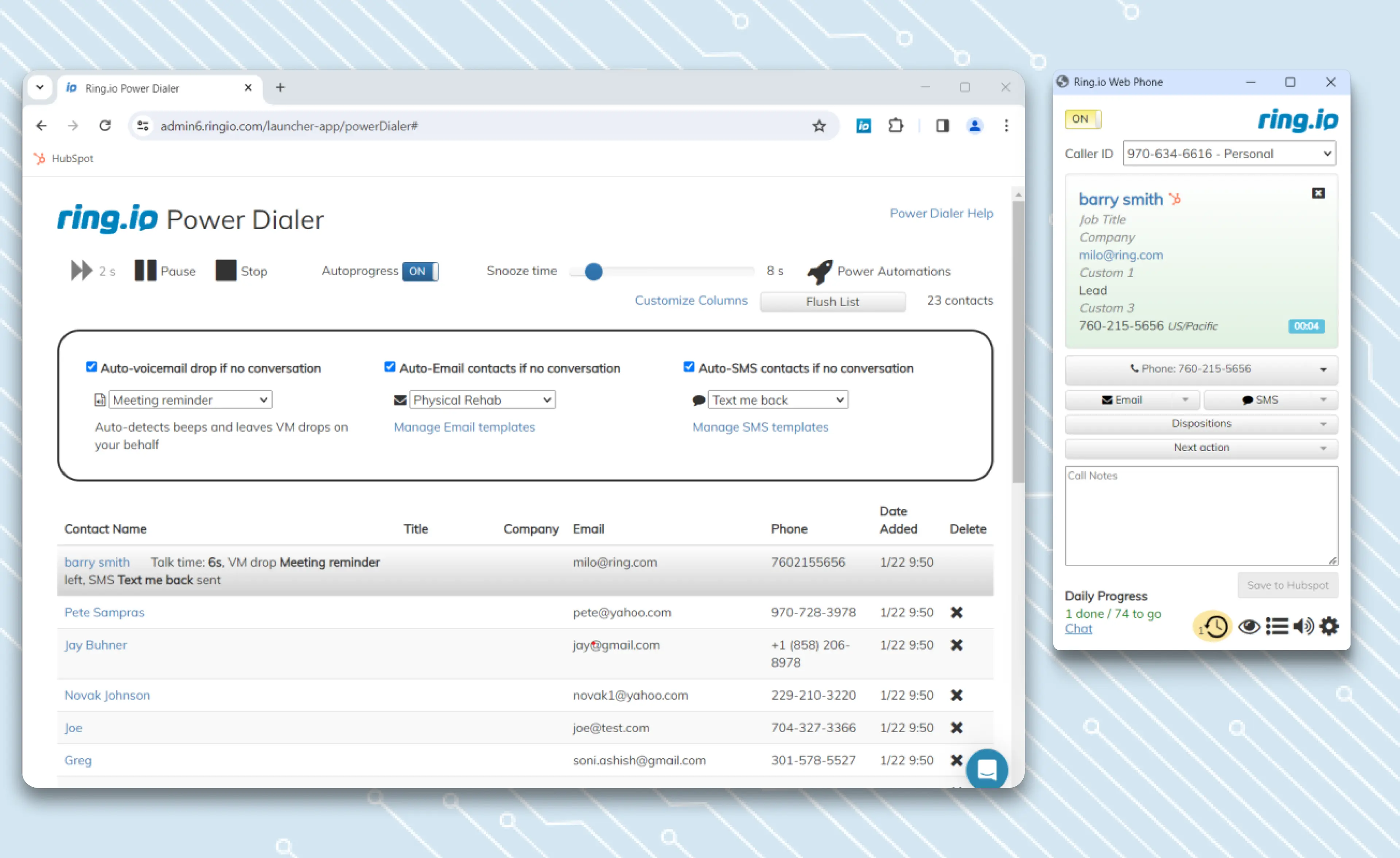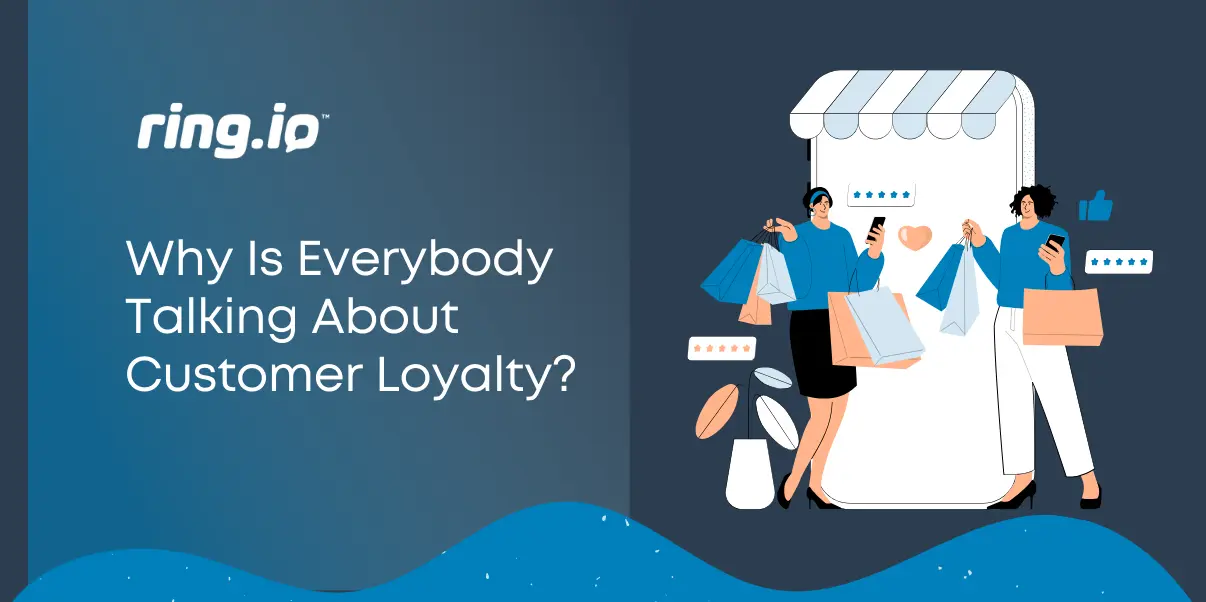Goes without saying that pipeline discipline is crucial for effective B2B sales management and achieving consistent results. It involves a systematic approach, coupled with a critical eye, for managing prospects and opportunities throughout the sales process.
Unfortunately, there is frequent misalignment between the phases defined for a sales pipeline and those for the customer journey or customer success in general. If careful consideration is given to the needs of the relationship across that lifecycle, you can easily align targeted activity that is helpful, exactly when needed, to facilitate the transition from prospect to customer.
Each phase of the customer journey —Curious, Motivated, Analytical, Productive, and Advocating—requires specific work, and the judicious application of technology, to delight customers and accomplish organizational goals.
Let’s explore the importance of qualification attributes for entry into the pipeline, the discipline required at each progressing phase of the customer journey, and how technology can facilitate forward momentum:
Curious – characterized by a potential customer’s initial interest and exploration of a product or service, as they seek information and evaluate their options
Qualification:
- Identify prospects who display genuine interest and curiosity about your product or service using technologies like lead generation tools, website analytics, and social media monitoring.
- Define prospect qualification attributes based on demographic information, online behavior, or specific pain points.
- Exclude all suspects that don’t align sufficiently to become prospects.
Discipline:
- Develop an organized and structured process to capture and evaluate leads.
- Use customer relationship management (CRM) systems to track and manage prospecting efforts that create a steady flow of qualified leads into the sales pipeline.
- Engage with prospects using call strategies, chatbots, or live chat to provide immediate responses to inquiries.
- Use email automation to deliver personalized content and nurture relationships.
- CRM systems should then track interactions and gather valuable data for future engagement – build the strategic narrative.
Motivated – characterized by a potential customer’s investigation for solutions related to targeted problems and evidence that their interest has narrowed from generic research
Qualification:
- Use technology-driven lead scoring techniques to identify prospects who are actively seeking a solution and have a clear need or pain point.
- Analyze engagement metrics, such as email opens, video views, and website visits, to assess motivation levels.
- Establish clear qualification standards and follow a systematic approach to evaluate and validate leads.
- Enrich and prioritize leads based on predefined criteria, such as demographic fit, buying intent, timeline, or budget.
Discipline:
- Implement virtual meetings, phone outreach, and video conferencing tools to conduct detailed discussions, product demos, and presentations.
- Collaborate through prospect management platforms to streamline communication and the sharing of digital artifacts.
- Use CRM systems and lead management platforms to track lead interactions, assign in-house ownership, and nurture leads effectively through delivery of tailored content that addresses specific pain points – shine light on an improved end state.
Analytical – characterized by a potential customer’s head-to-head comparison of options for solving specific problems and focus on return on investment (ROI) for the organization
Qualification:
- Exploit data analytics tools to identify prospects who are actively evaluating options and conducting ROI research.
- Monitor website behavior, content downloads, and engagement with sales collateral, specifically those collateral elements that educate on value comparison.
Discipline:
- Use customer portals or self-service platforms to provide prospects with access to comprehensive product information, case studies, and relevant resources.
- Implement virtual collaboration tools for interactive presentations and collaborative decision-making.
- Use AI-powered chatbots and targeted power dialing sessions to answer frequently asked questions and provide real-time support.
- Prove that your offering is the best-fit solution and make it easy to buy.
Productive – characterized by a potential customer’s investigation into terms of business transactions and requests for information on past performance
Qualification:
- Synthesize data in CRM systems and sales analytics to identify prospects in this phase who are ready to finalize the deal.
- Track progress through the sales pipeline against defined key milestones that prove ability and desire to execute the business transaction.
- Create compelling and personalized proposals or quotes.
- Use CRM systems to track and manage the negotiation process and ensure all necessary approvals are obtained.
Discipline:
- Implement effective sales techniques to overcome objections, and provide relevant information or data to support the prospect’s decision-making process.
- Use e-signature software and contract management tools for seamless agreement execution.
- Combine CRM integrations with phone calls to coordinate and automate internal and external negotiation processes, and facilitate a successful close.
- Implement workflow attributes of your tech stack to ensure smooth handovers to implementation teams.
- Instantiate the relationship with swift and supportive execution.
Advocating – characterized by a customer’s willingness to promote your product or service to their peer network
Qualification:
- Use CRM systems or marketing automation tools to schedule and automate follow-up activities, such as post-purchase surveys, onboarding emails, call strategies or customer success check-ins.
- Use customer feedback and sentiment analysis tools to identify customers who are satisfied and likely to become brand ambassadors.
- Monitor and engage with social media mentions and online reviews.
Discipline:
- Leverage customer advocacy platforms to encourage and incentivize referrals, testimonials, and positive reviews.
- Use CRM systems to define key progress points tailored for the customer organization, capturing what success looks like in their terms.
- Track customer satisfaction and engage in personalized follow-up call strategies.
- Implement social listening tools to monitor customer sentiment and proactively address any issues.
- Make it easy for your customer to stay and be vocal about why.
By judiciously applying technology at each phase, sales and customer success teams can enhance customer experiences, streamline processes, and achieve organizational goals. Whether through lead generation tools, CRM systems, automation platforms, or collaboration software, technology can support sales pipeline discipline, improve customer engagement, and enable efficient and effective sales management.
When viewed holistically against the backdrop of the customer journey, these tools help deliver personalized and timely interactions that delight customers, and drive revenue growth.







